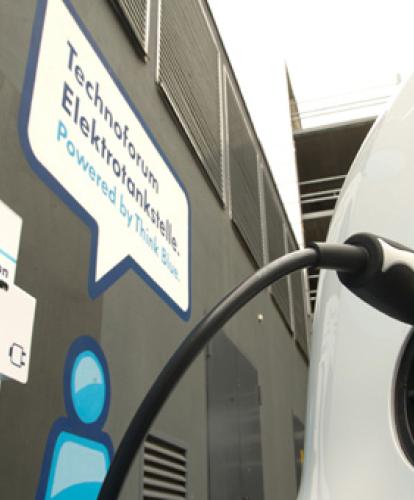The EU has announced it will drop the targets for the number of electric vehicle (EV) charging points and hydrogen filling stations member states are required to meet by 2020.
In November 2013, the European Parliament endorsed a directive that ordered the UK to reach 70,000 charging point installations by 2020. It also stated that Germany should provide 86,000 charging points and Italy 72,000.
The EU has now decided to drop the targets and revise the bill so as not to enforce any binding contracts.
Instead, governments must now work towards a national action plan and install an “appropriate number of electric recharging points accessible to the public” by the end of 2020. The law is due to come into effect later this month.
The Transport & Environment campaign group has brandished the revised law as a “dead letter”, criticising the EU’s change of mind as counter-productive to the progress of alternative fuels.
Greg Archer, clean vehicles manager at Transport & Environment, said: “It’s unfortunate that this emperor ended up having no clothes because governments could not accept binding commitments for low-carbon charging infrastructure.
“Europe can and should do better and initiate a comprehensive strategy on e-mobility. This continent needs to join the race for clean innovation, cut its €300billion oil import bill and reduce CO2 emissions as soon as possible.”
The UK, however, continues to expand the national network of public charging points, recently breaking the 7,000 charging point mark and importantly, surpassing 600 rapid chargers. To see all the publicly accessible charge points in the UK, go to Zapmap Live.
Auto Express



